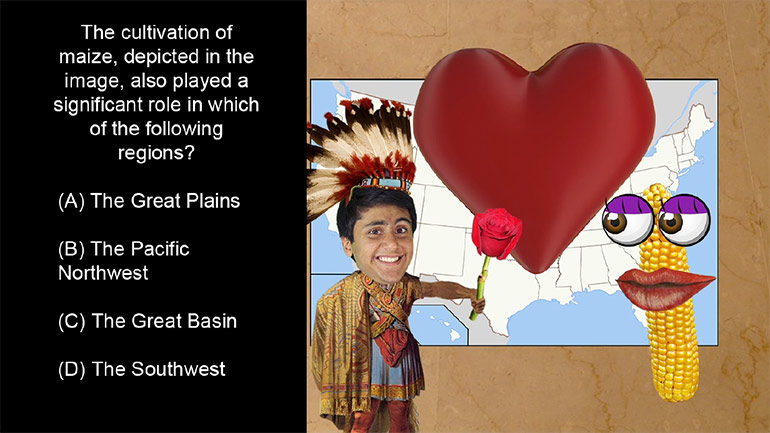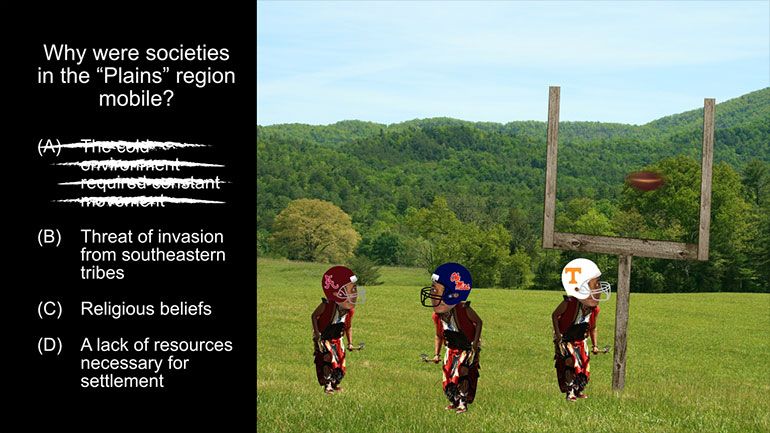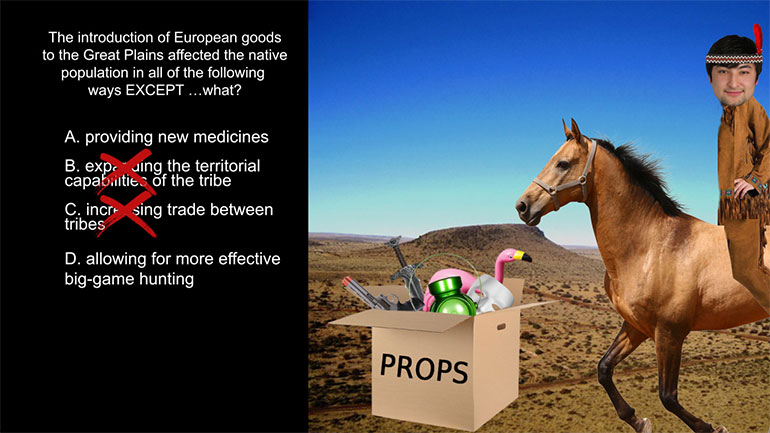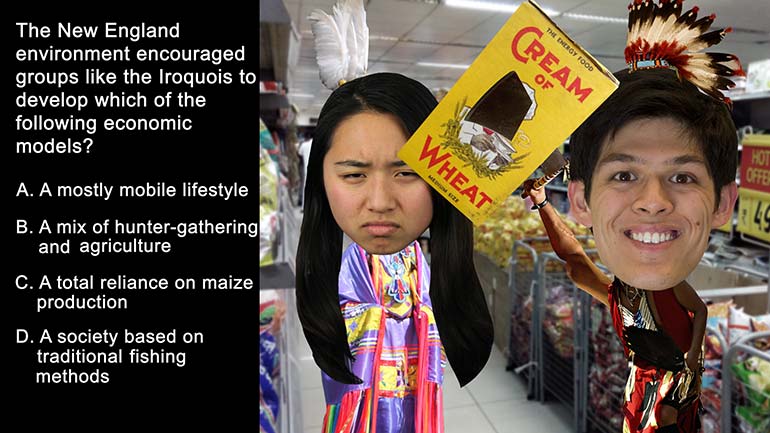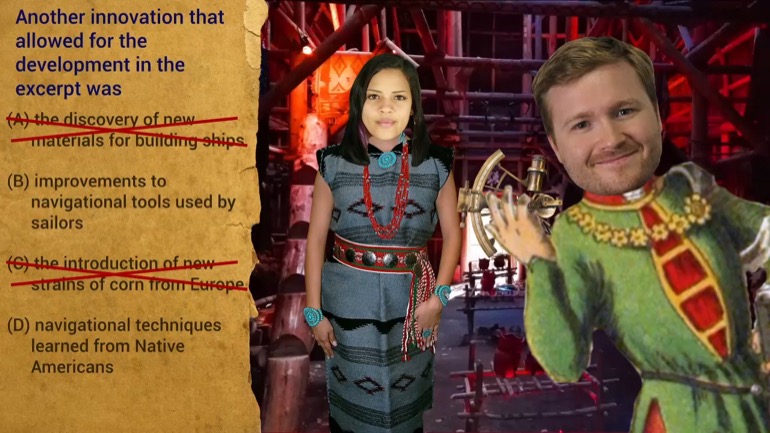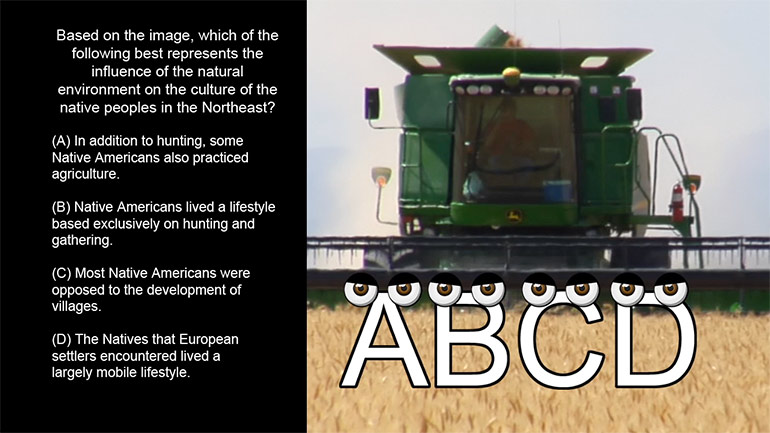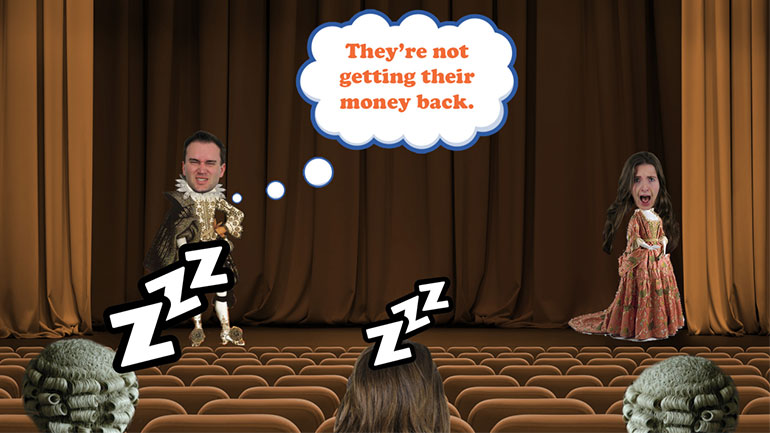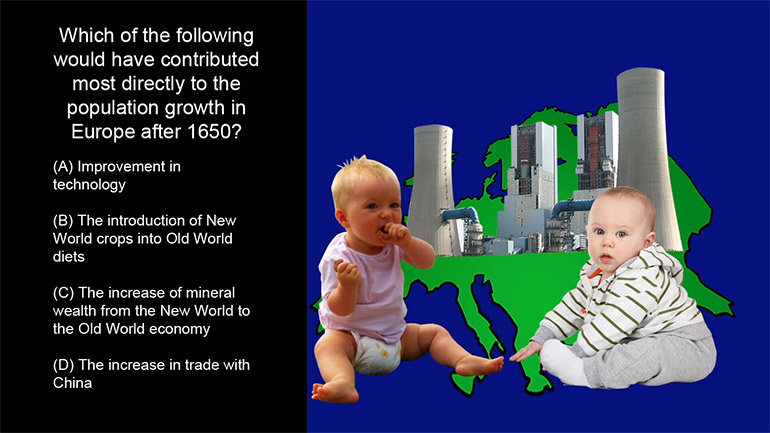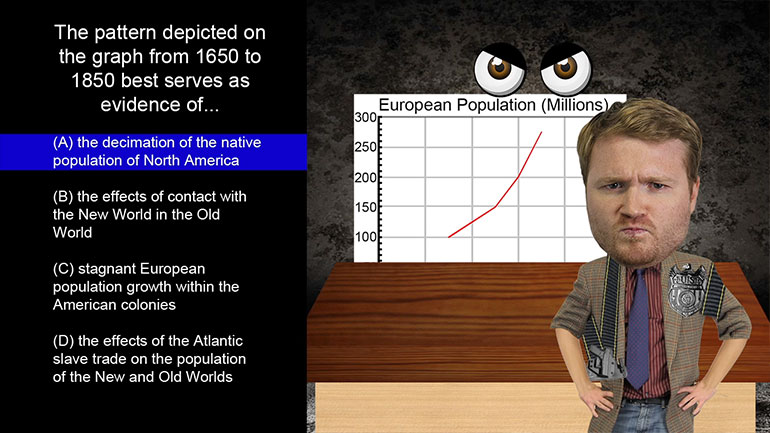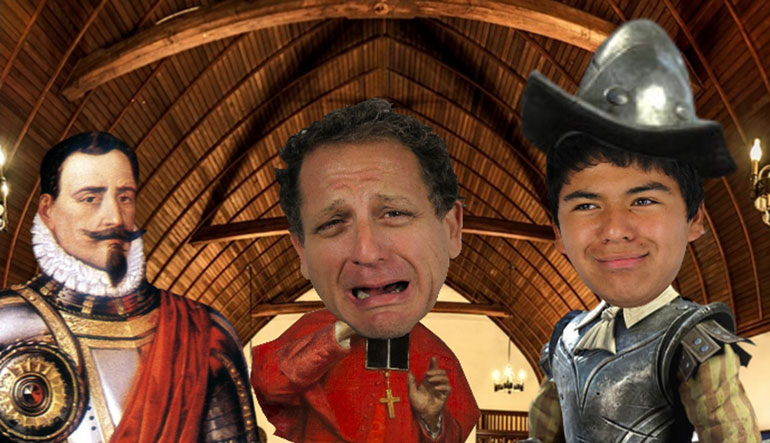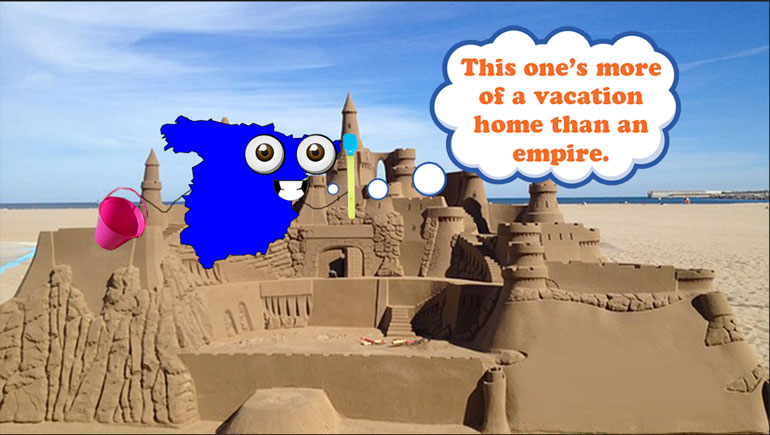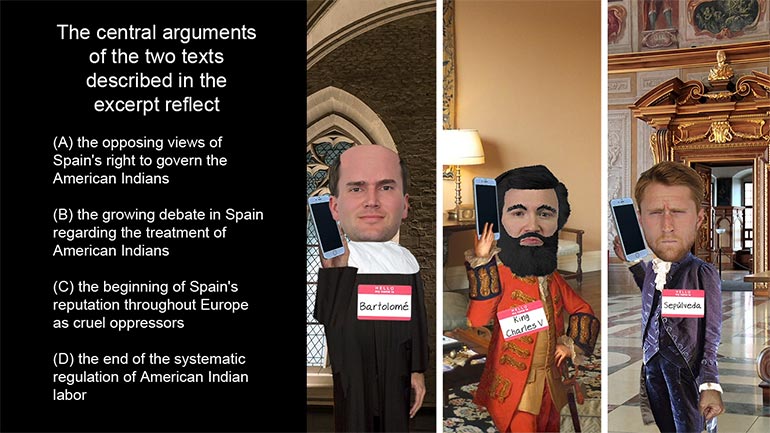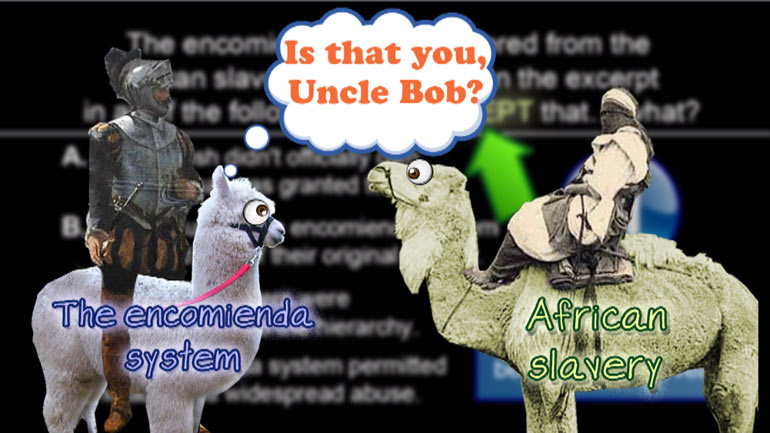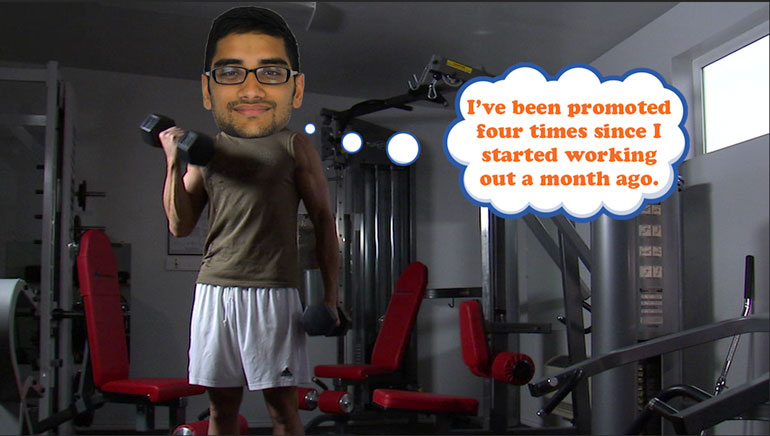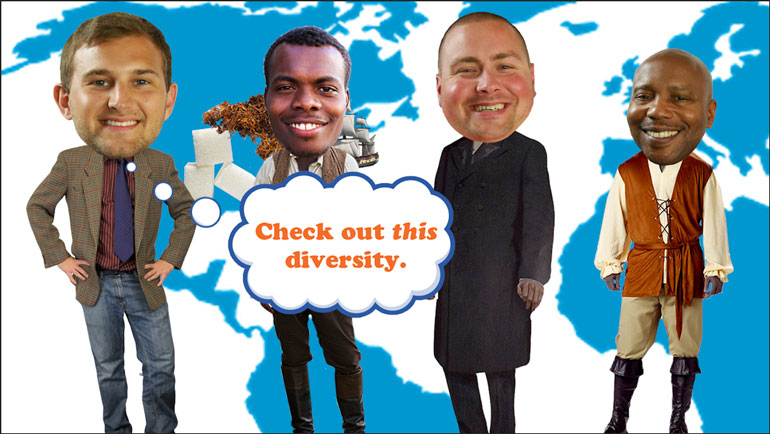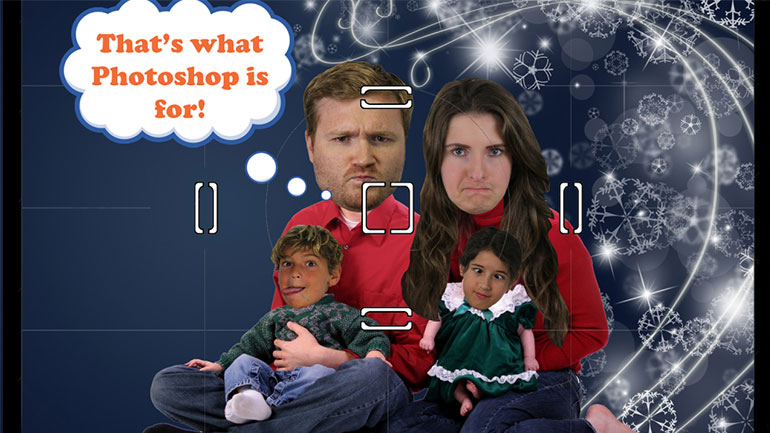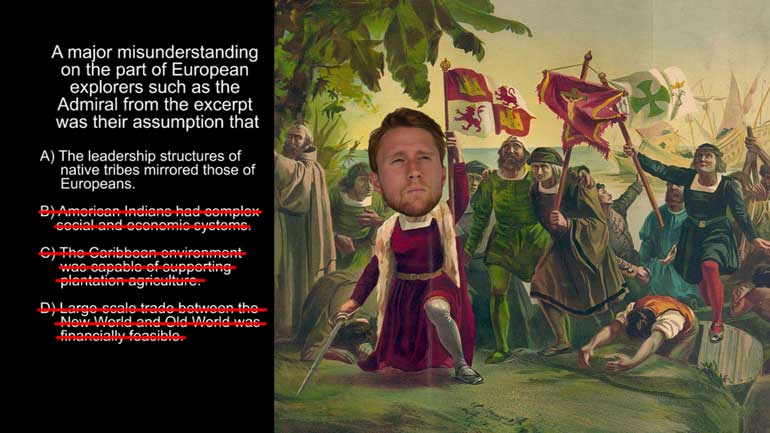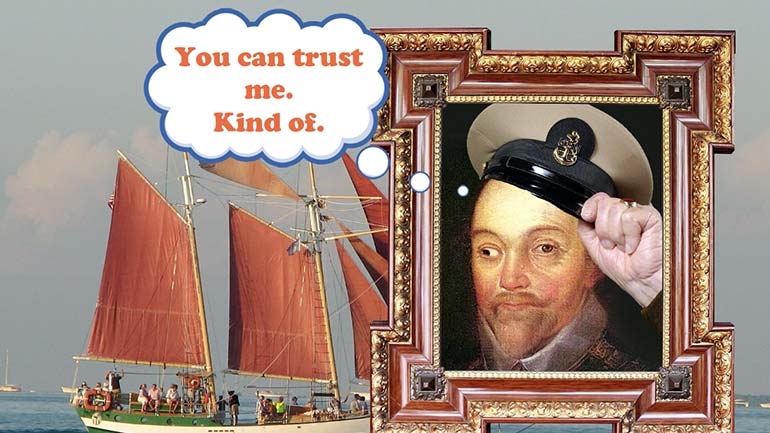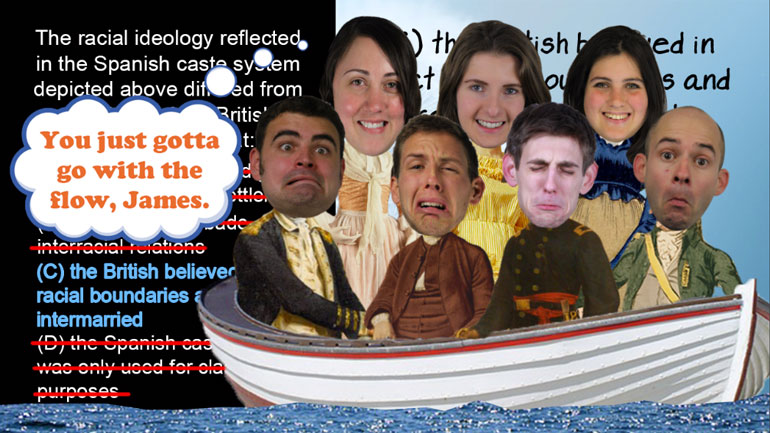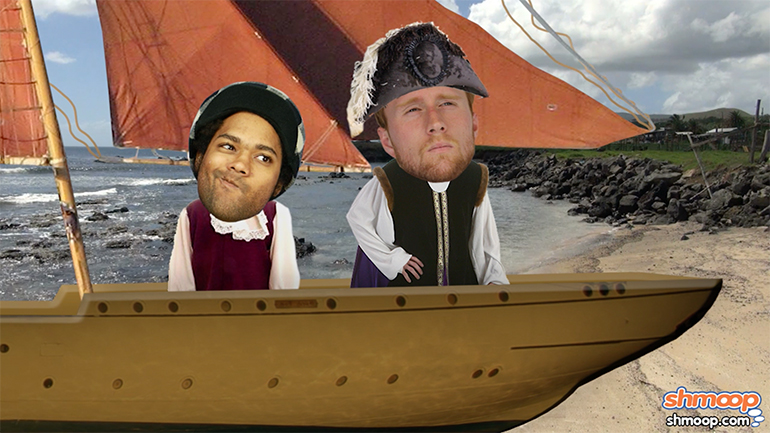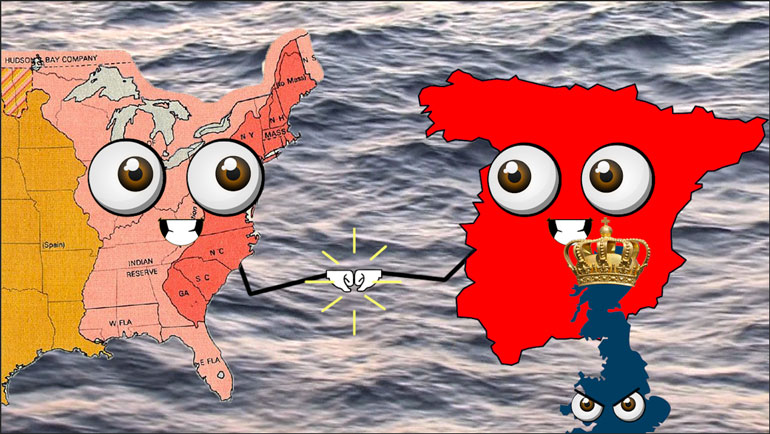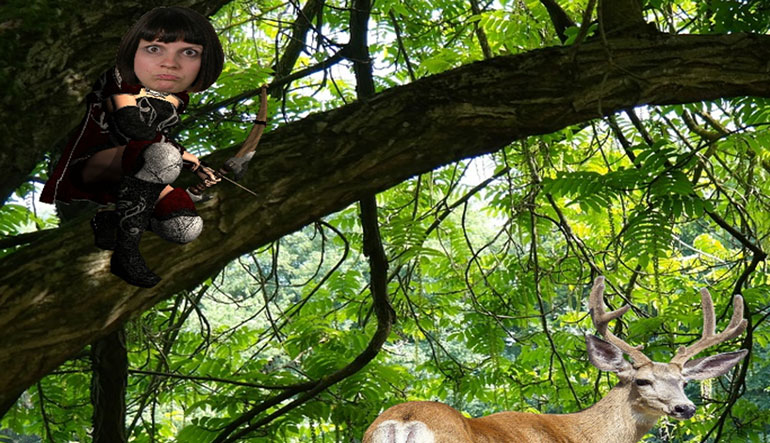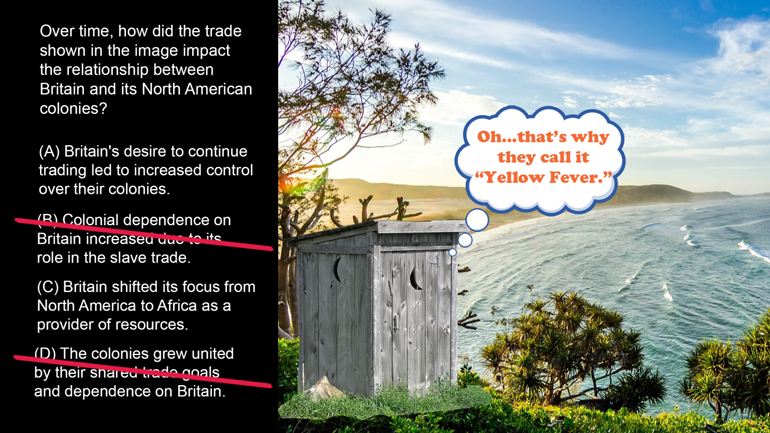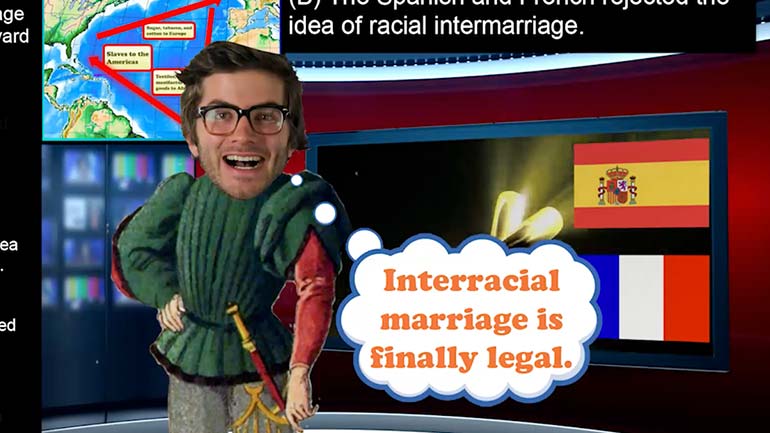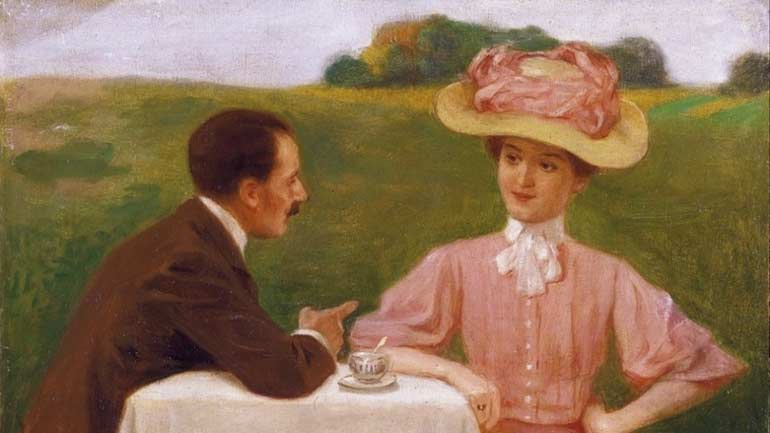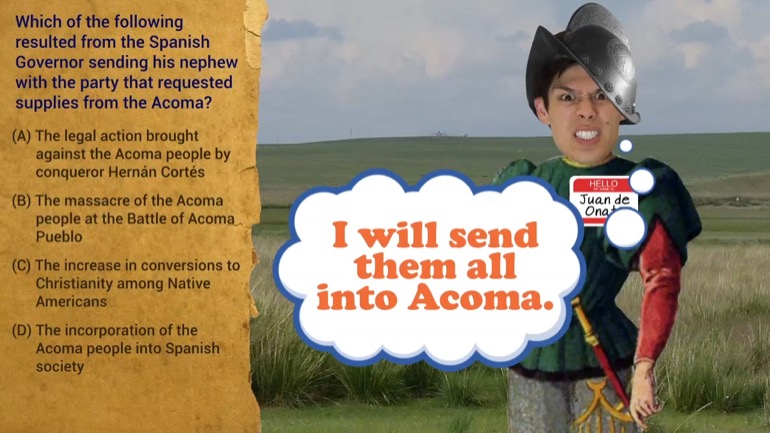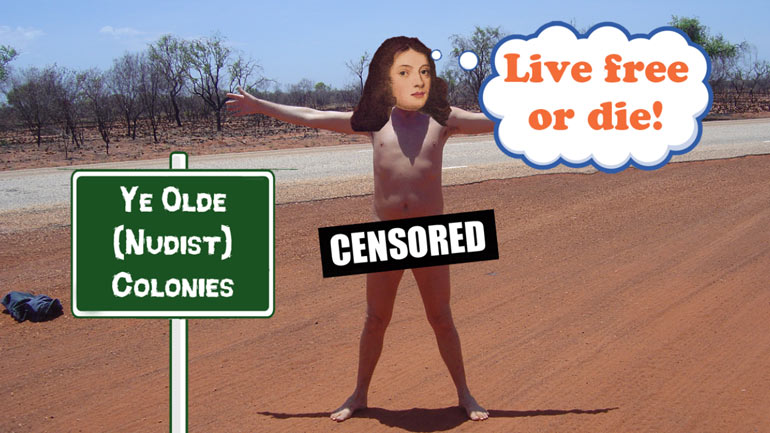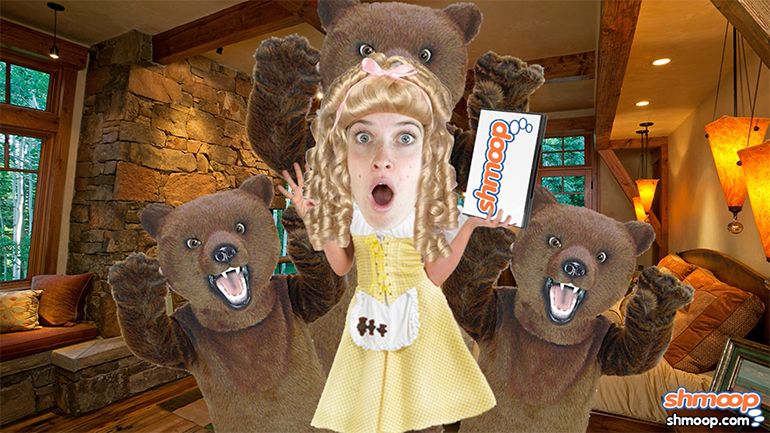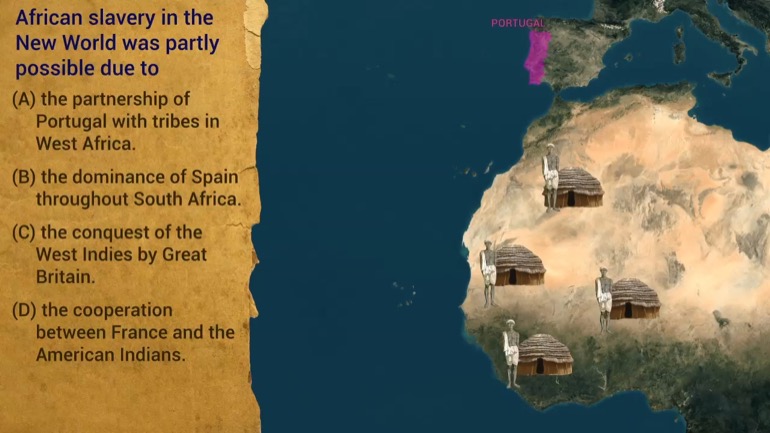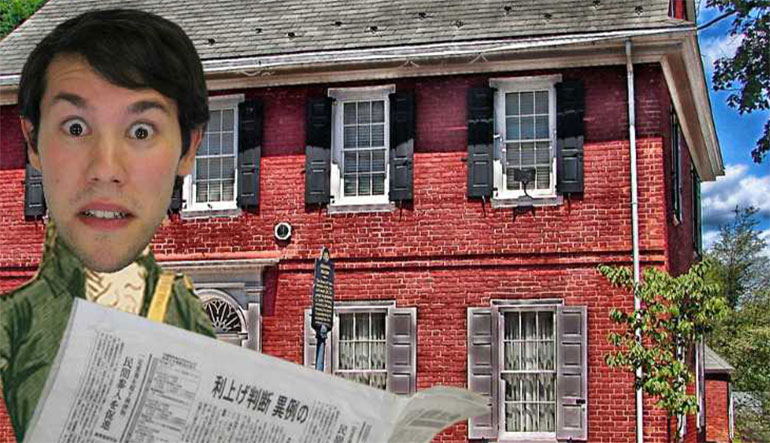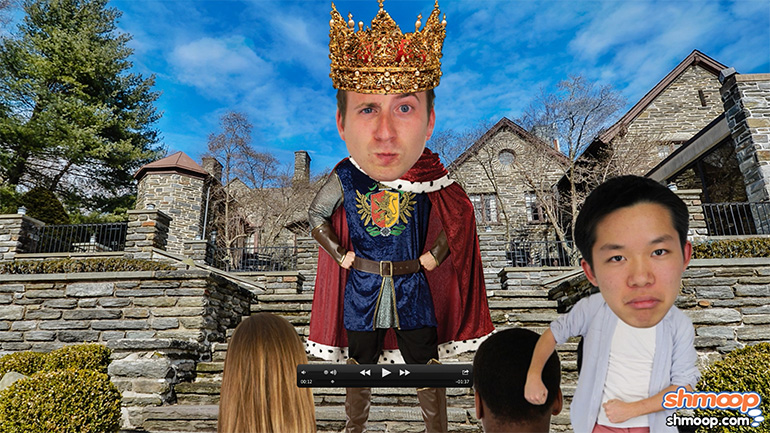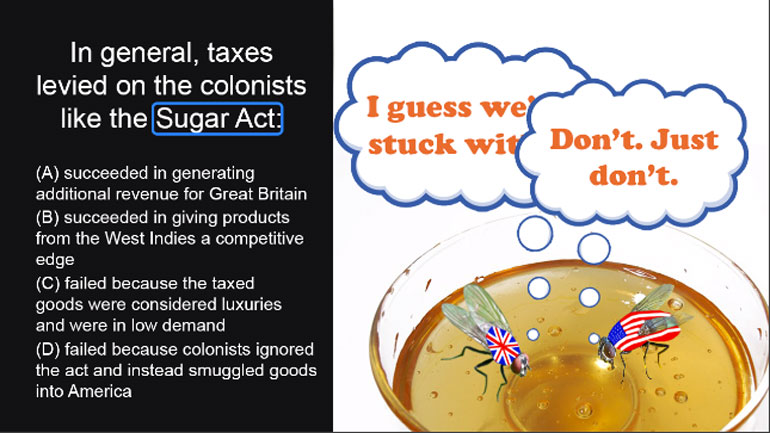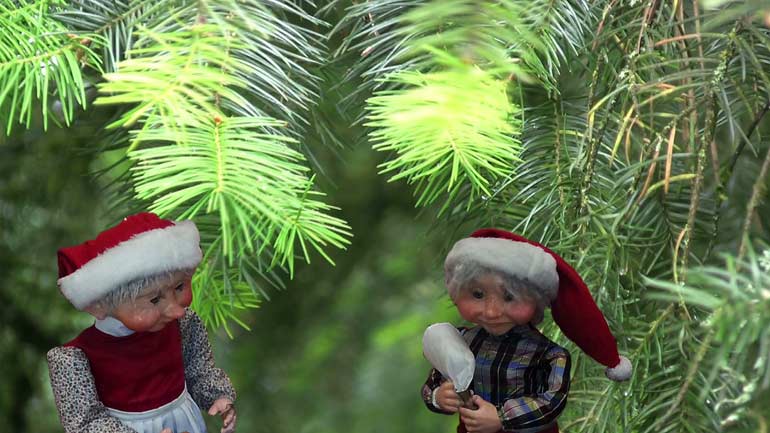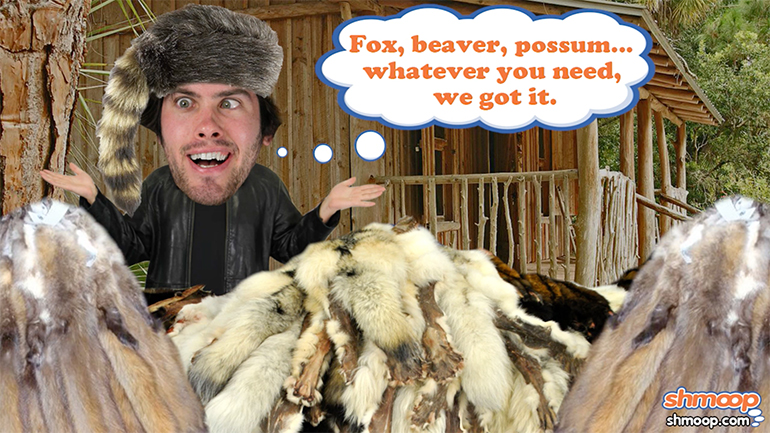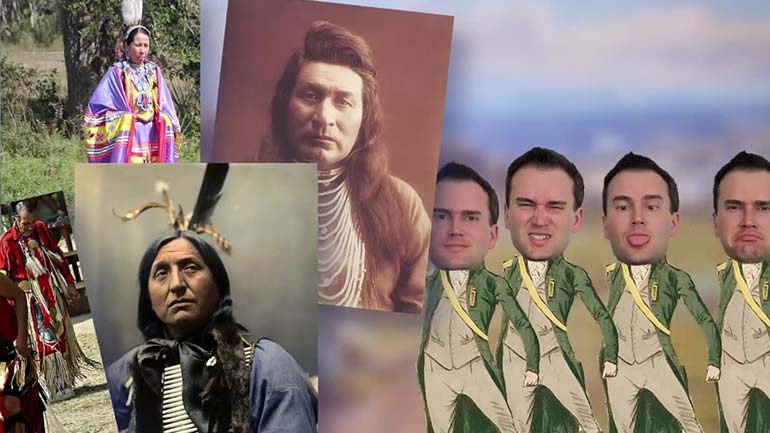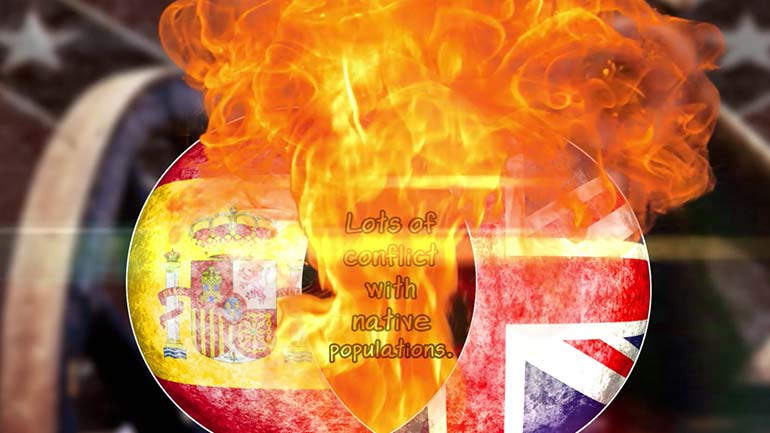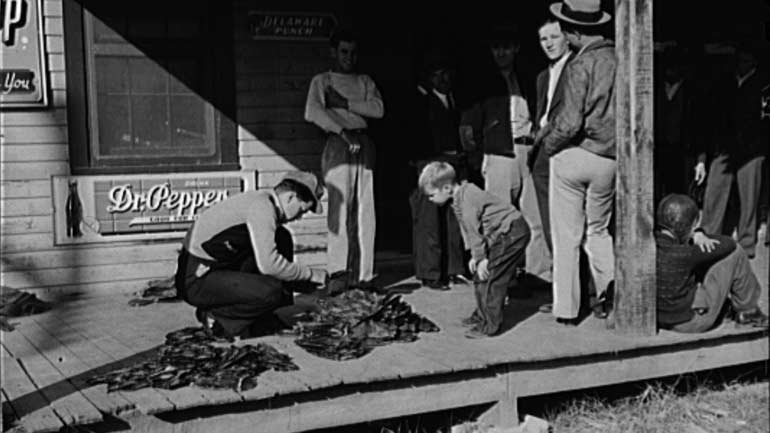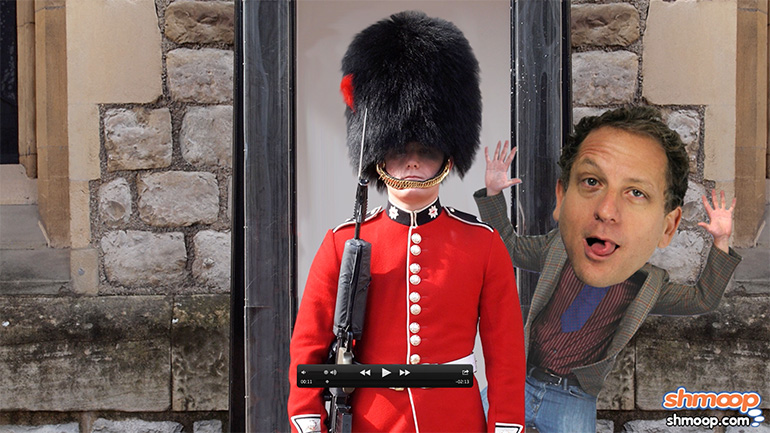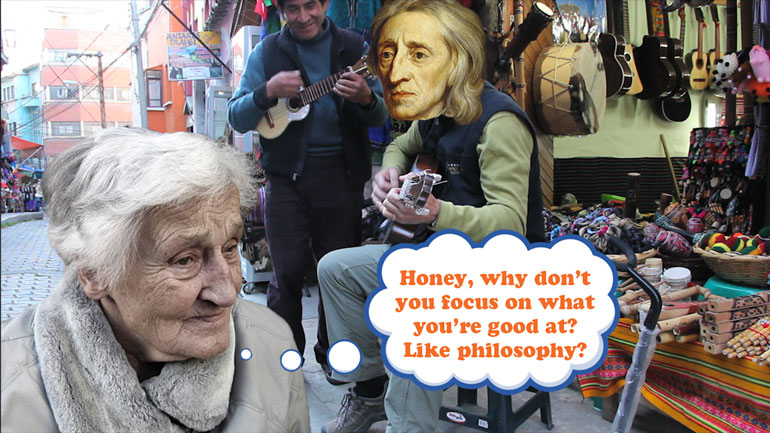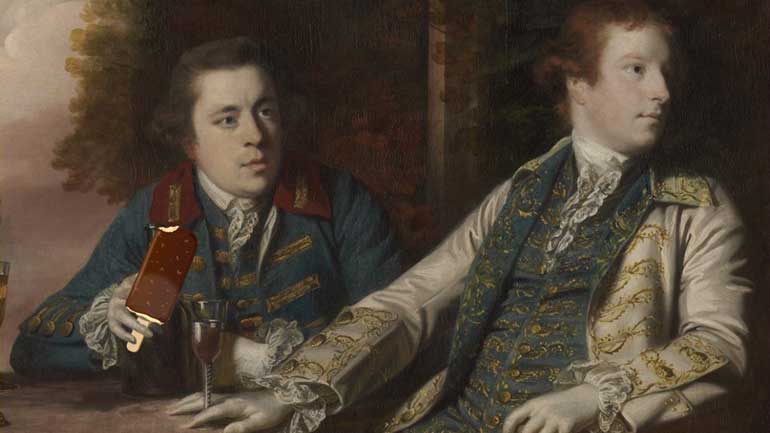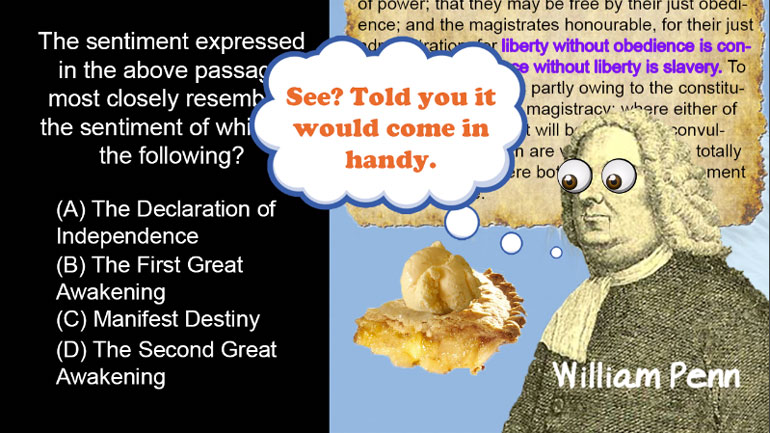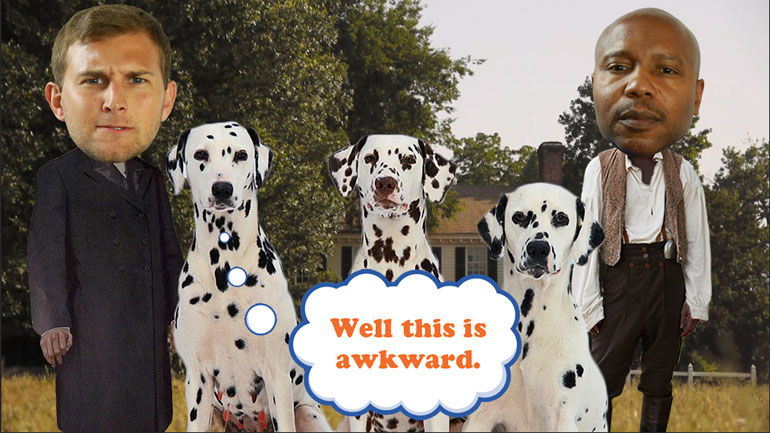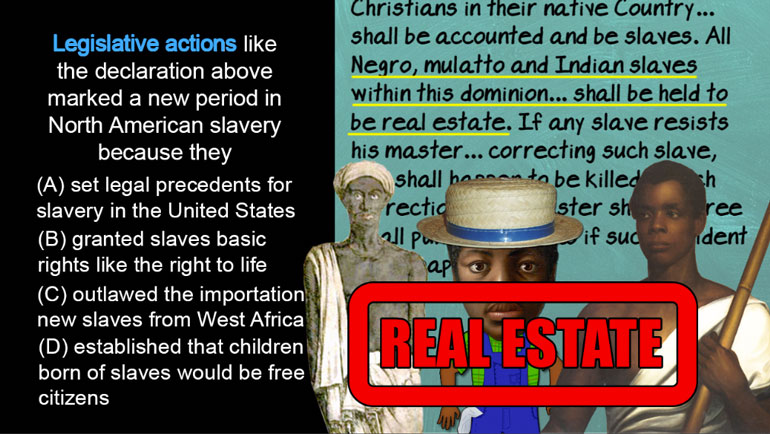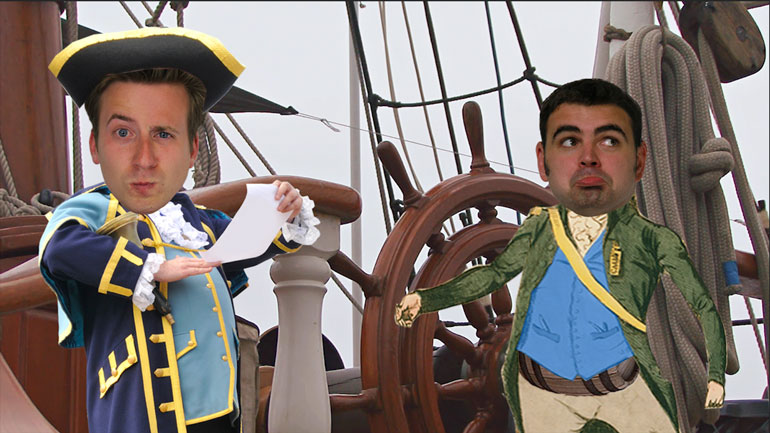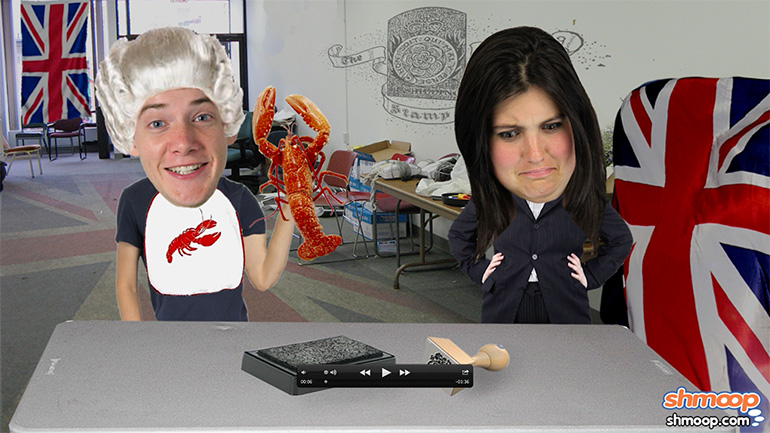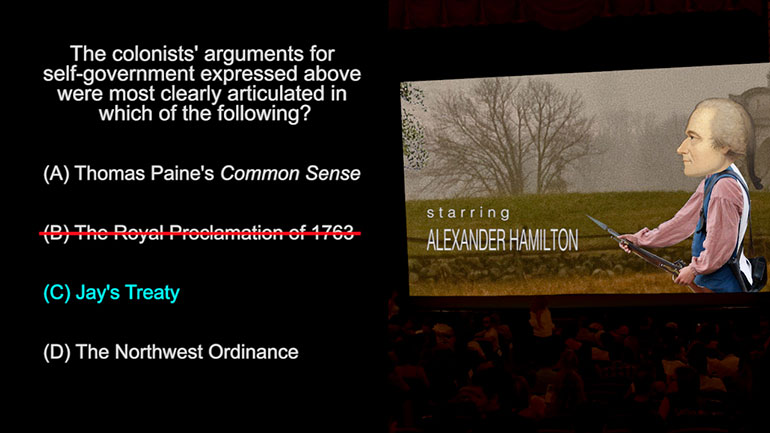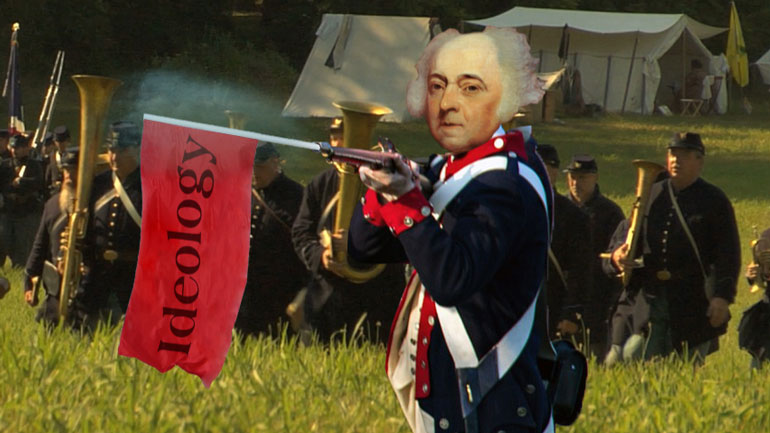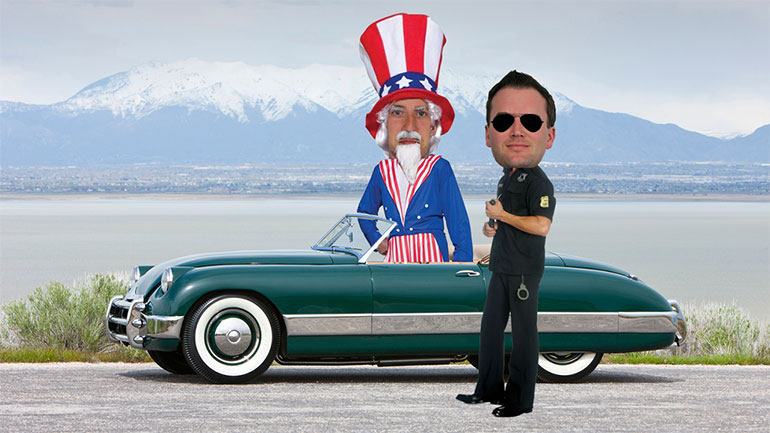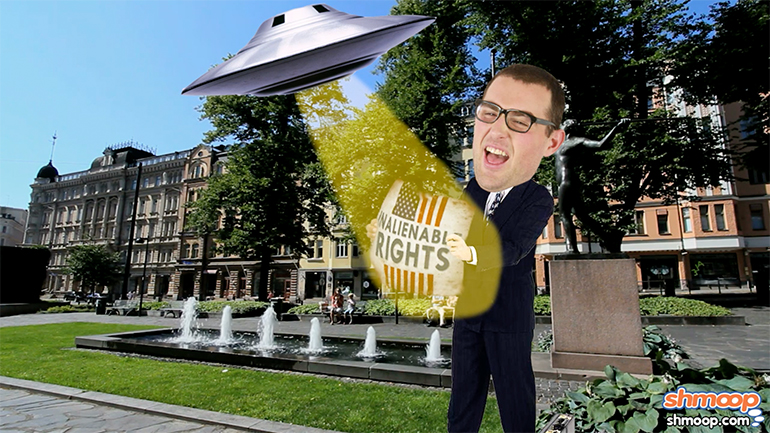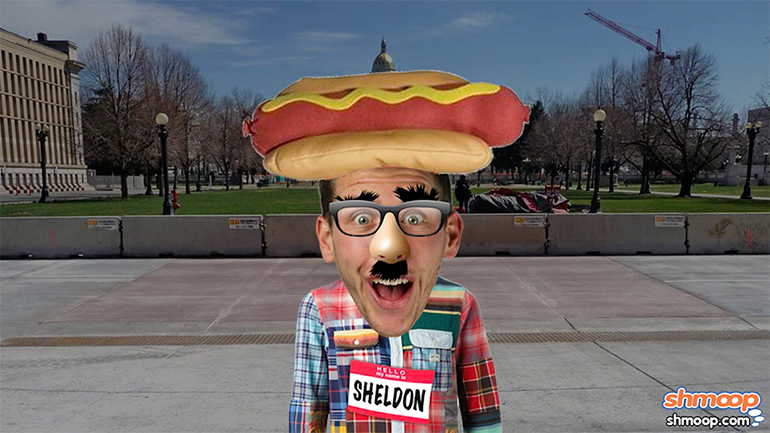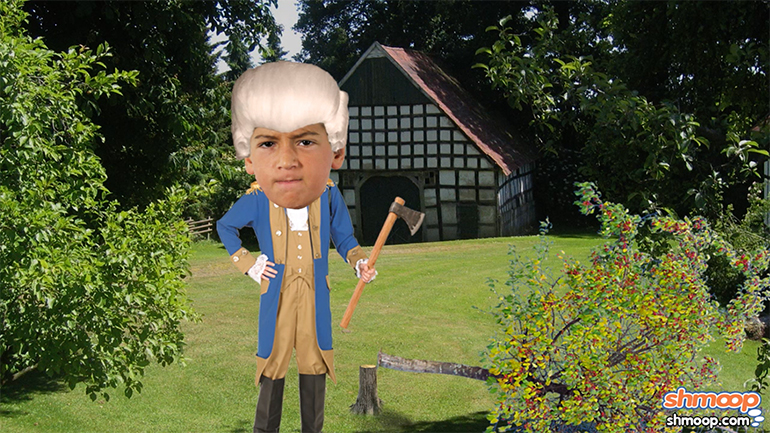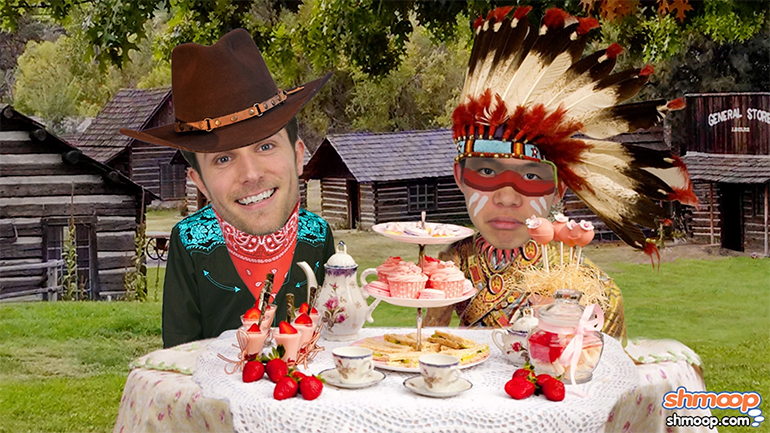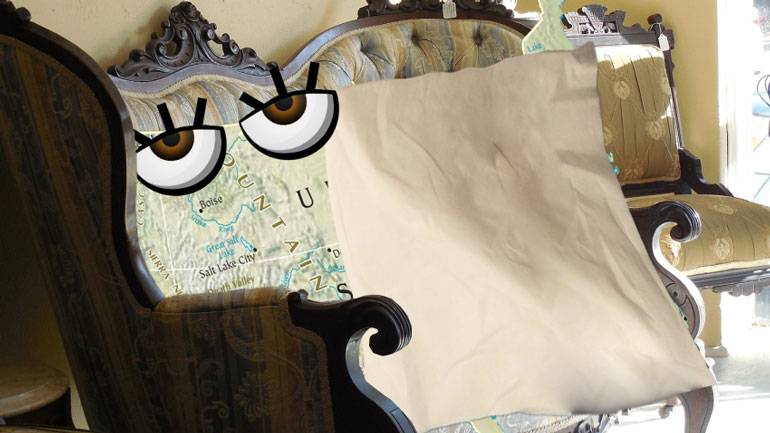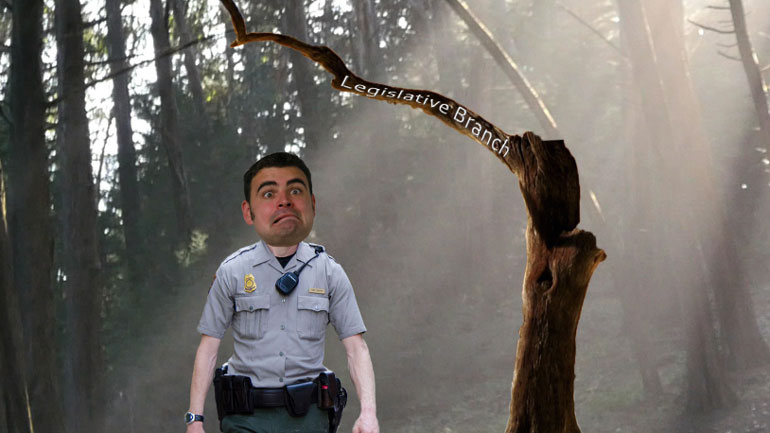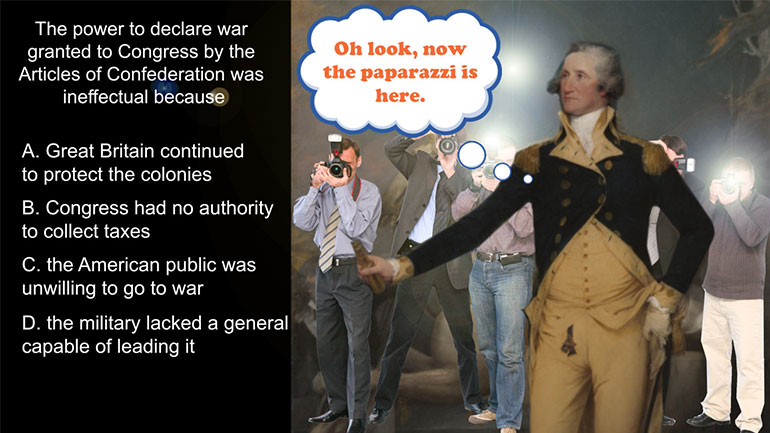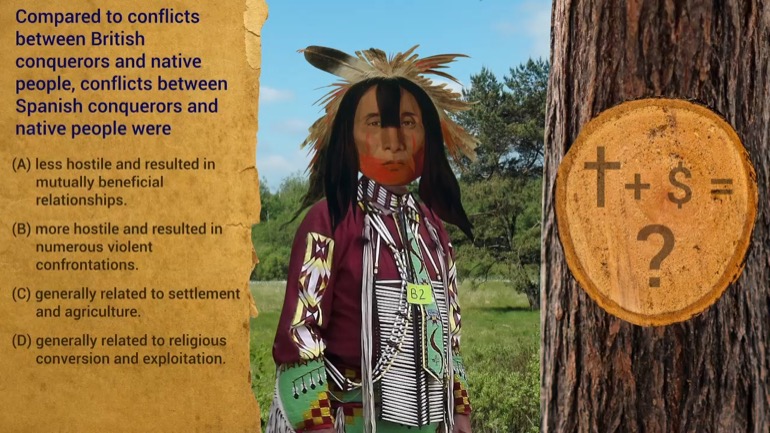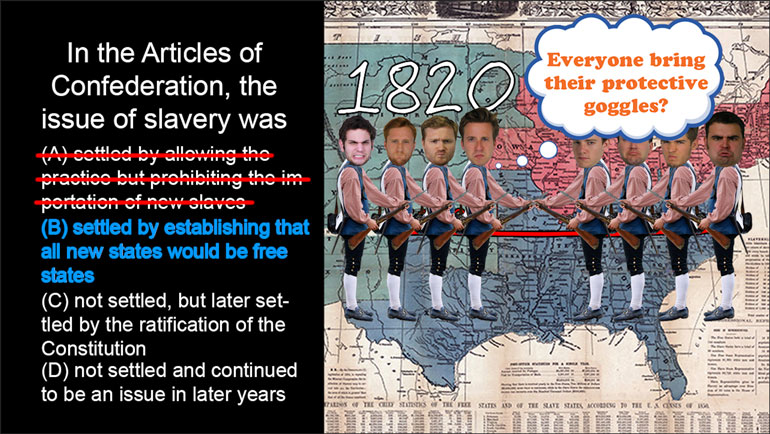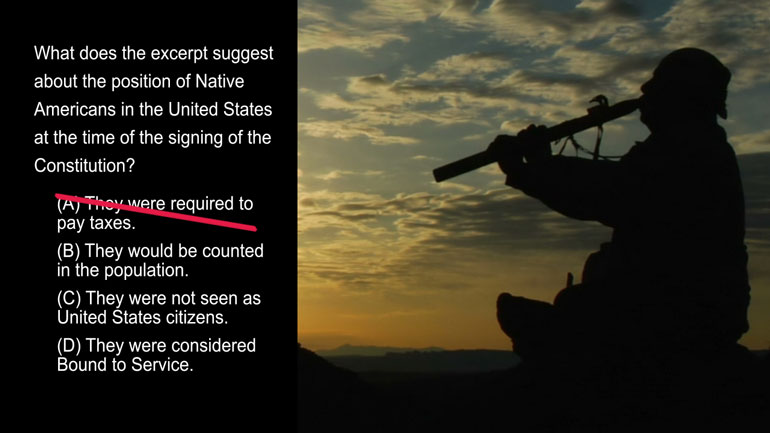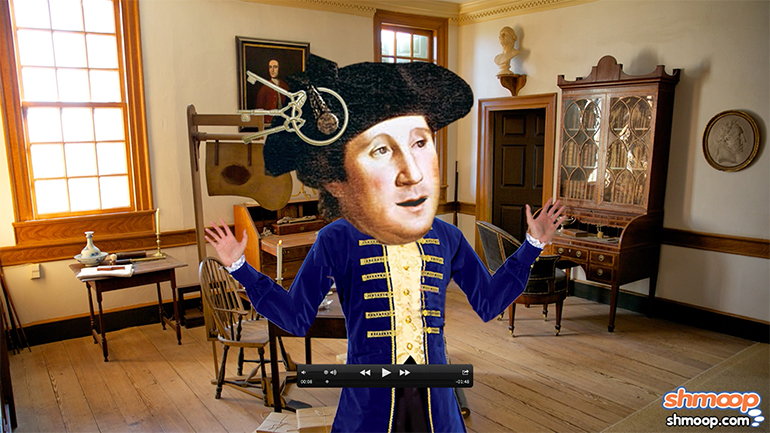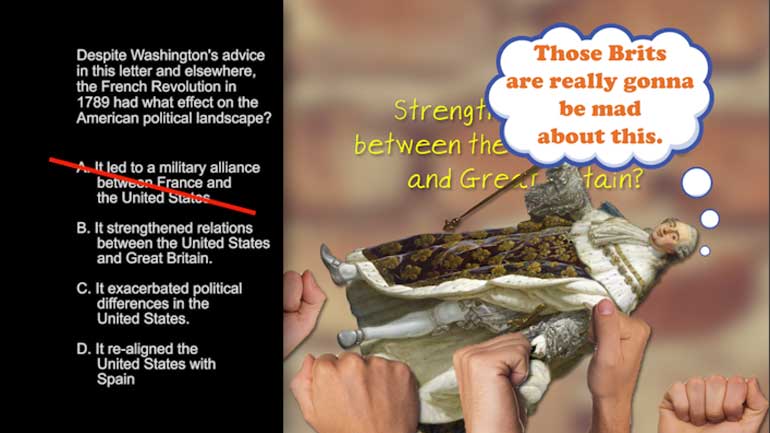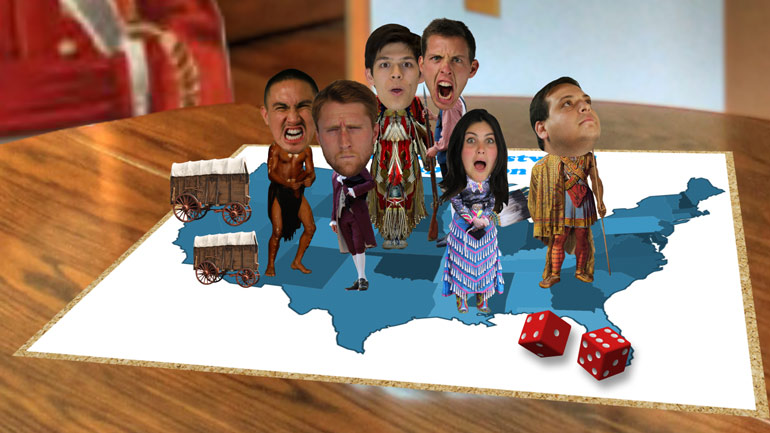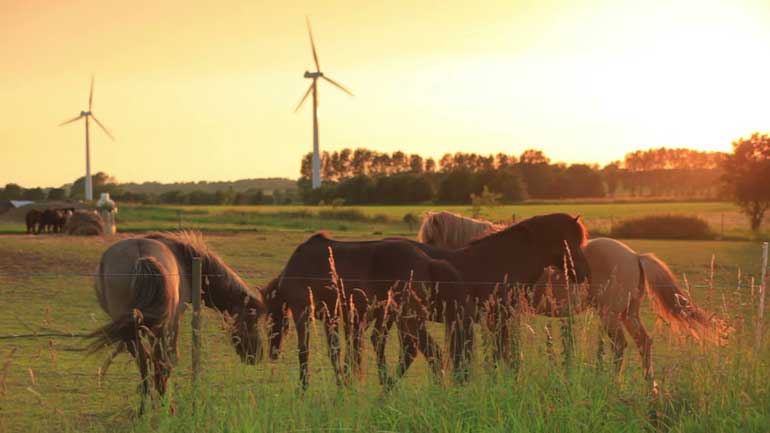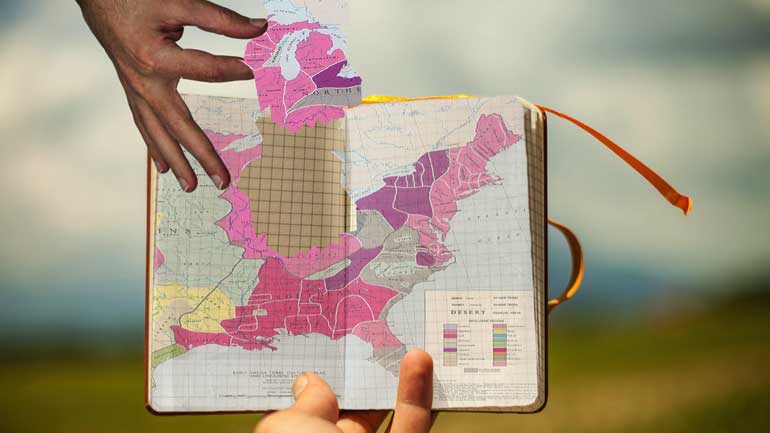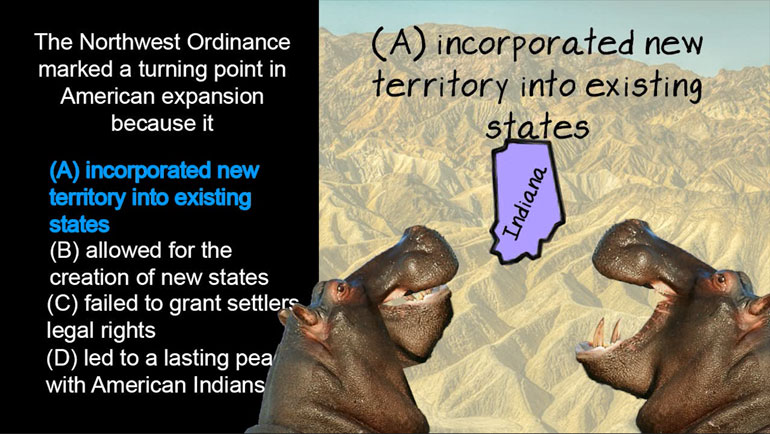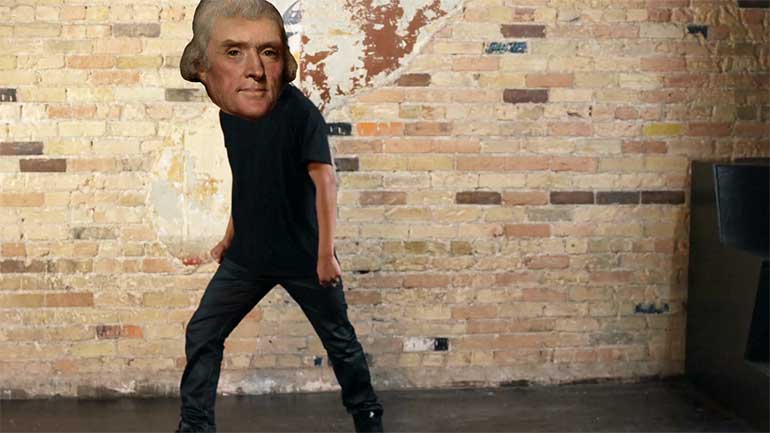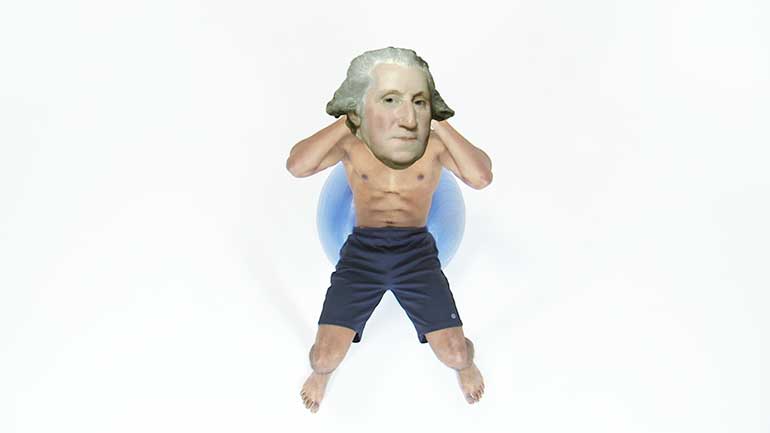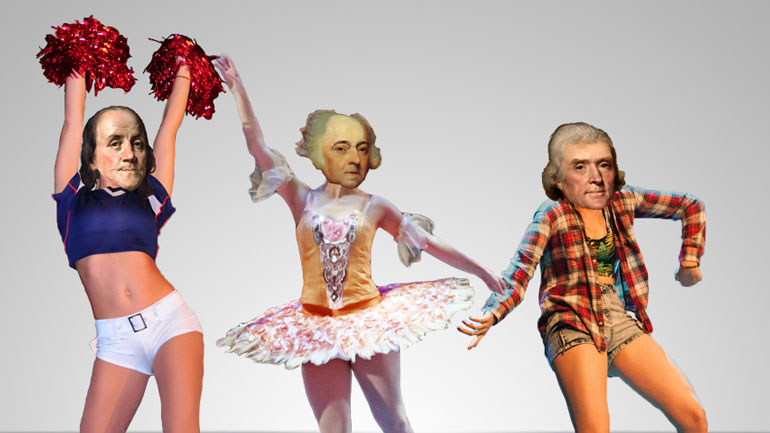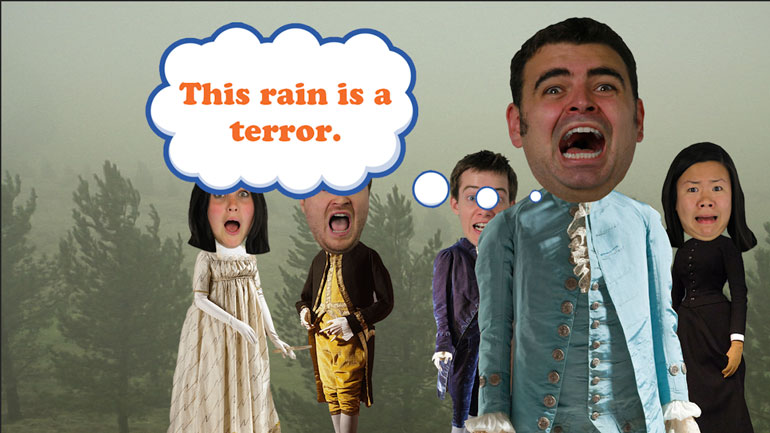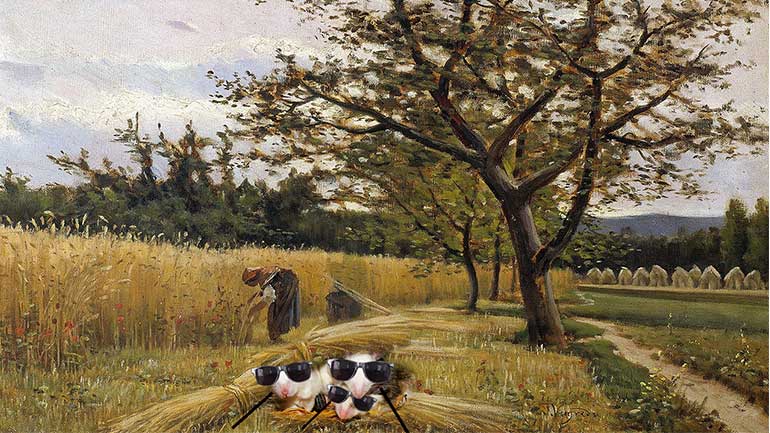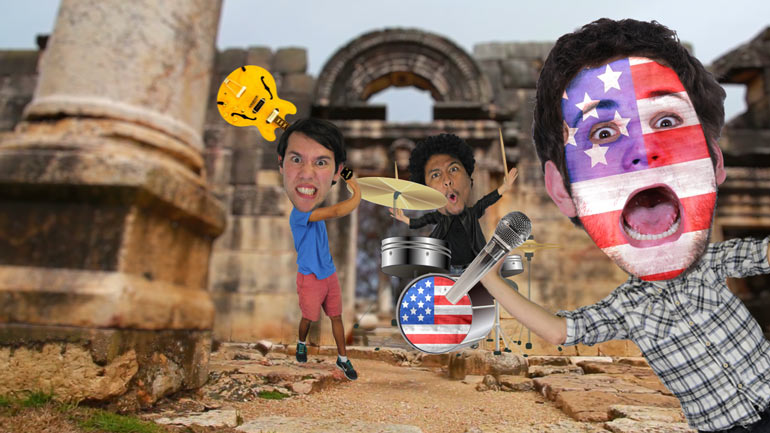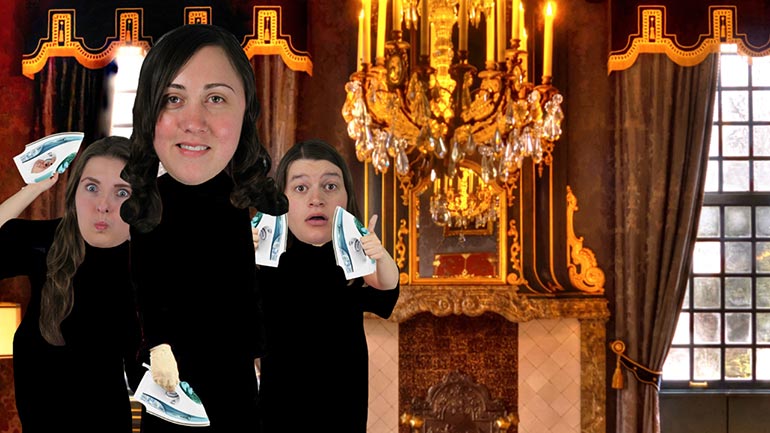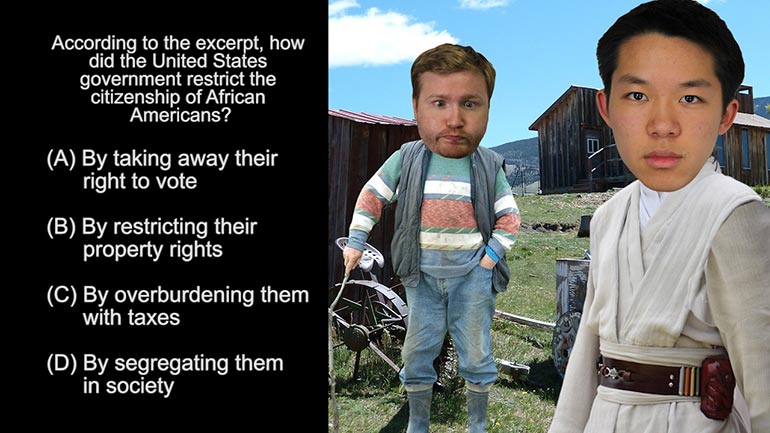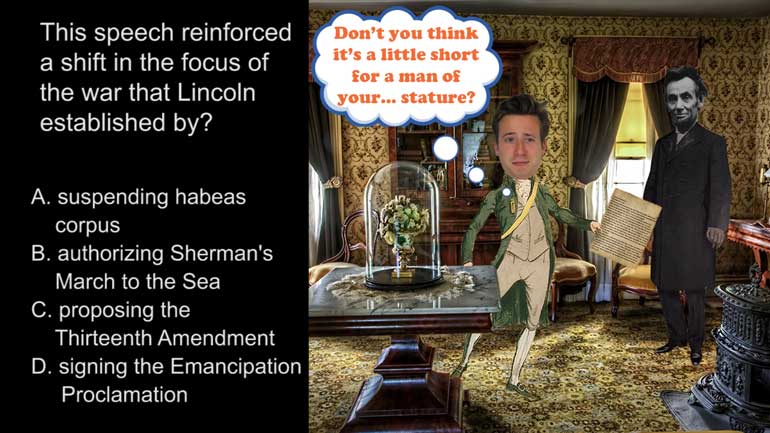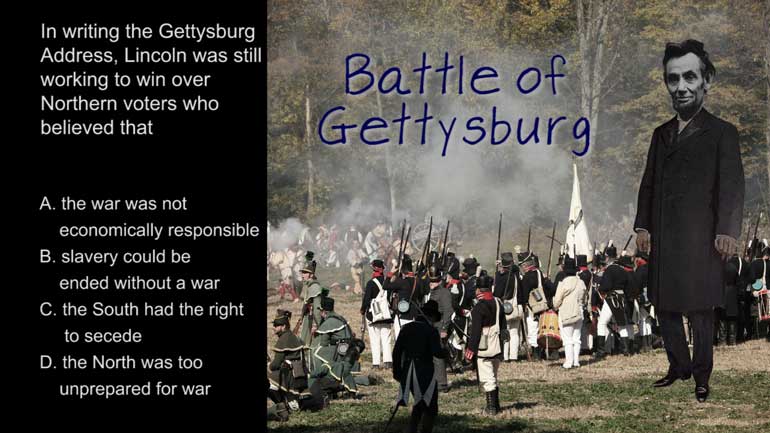ShmoopTube
Where Monty Python meets your 10th grade teacher.
Search Thousands of Shmoop Videos
AP U.S. History Videos 273 videos
Today's lesson: The Civil War. A war may be civil, but it's never pretty. Well, aside from the Pretty Pink Fairy Wars of '93...but no one seems to...
AP U.S. History Period 1: 1491-1607 Drill 3, Problem 2. The cultivation of maize, depicted in the image, also played a significant role in which of...
AP U.S. History Exam 2.2. Prior to European contact, why was it necessary for the societies of the "Plains" region on the map to live a mobile life...
AP U.S. History 1.2 Period 2: 1607–1754 375 Views
Share It!
Description:
AP U.S. History 1.2 Period 2: 1607–1754. Conflicts between Spanish colonizers and native populations, compared to conflicts between British colonizers and native populations, were what?
Transcript
- 00:00
[ musical flourish ]
- 00:03
And here's your shmoop du jour,
- 00:05
brought to you by conflict resolution,
- 00:07
the optimal hi-def format for
- 00:09
viewing, uh, potential solutions.
Full Transcript
- 00:13
Anonymous.
- 00:13
[ mumbles ]
- 00:16
[ mumbling continues ]
- 00:19
Yeah.
- 00:20
All right, well, here we go.
- 00:21
Conflicts between Spanish colonizers and native populations,
- 00:25
compared to conflicts between British colonizers
- 00:27
and native populations were... what?
- 00:31
And here are your potential answers.
- 00:33
[ mumbles ]
- 00:37
Huh. All right.
- 00:38
Well, so, this question's asking us about the difference between
- 00:41
the conflicts the Spanish and British had with their native populations.
- 00:45
Well, the one thing that they for sure had in common
- 00:48
was that there was tons of conflict to begin with.
- 00:51
So, let's see which of these answers accurately
- 00:53
distinguishes the two.
- 00:55
Well, were the Spanish conflicts with native populations A -
- 01:00
relatively less hostile than the British,
- 01:02
resulting in a relationship of mutual benefit?
- 01:05
Well, it is true that the Spanish fought much less
- 01:08
with their native population than the British did with theirs,
- 01:10
but the Spanish relationship with American Indians
- 01:13
was by no means mutually beneficial.
- 01:15
That means both sides would benefit, right?
- 01:17
The Spanish enslaved large portions of the native population,
- 01:21
forcing them into sub-human labor conditions for no pay.
- 01:25
Doesn't really sound like a two-way street there
- 01:26
of fun times and good cheer.
- 01:28
So A isn't right.
- 01:30
And since we know that the Spanish were less hostile
- 01:33
than the Brits, well, we can go ahead and knock out B as well.
- 01:36
So, were conflicts between Spanish colonizers and natives C -
- 01:41
more related to agriculture and settlement?
- 01:44
Hmm, well, no, that was the British,
- 01:46
who came over to the New World with the hopes of
- 01:48
setting up farms and getting all comfy and cozy on their new land.
- 01:52
Which eliminates C. That means that the Spanish conflicts
- 01:56
must have been D - more related to religious conversion and exploitation.
- 02:02
Now, remember the whole "God, Glory, and Gold" motto
- 02:04
of the Spanish conquistadors?
- 02:06
Well, they wanted to expand the power of the Catholic church
- 02:08
and find as much mineral wealth as humanly possible.
- 02:11
Which meant forcibly converting native populations to Catholicism
- 02:15
and exploiting them for labor both in mines and later plantations.
- 02:20
Sounds like D is the best fit here.
- 02:22
Uh, but, remember, sometimes it's better to focus
- 02:24
on the common ground than what makes us different.
- 02:28
Go ahead, do it.
Related Videos
AP U.S. History Exam 2.45. The journey shown on the map was an example of...what?
AP U.S. History Exam 2.26. This speech reinforced a shift in the focus of the war that Lincoln established by...what?
What did the Spanish messengers bring with them to North America? Hint: you probably wouldn't be thrilled to get this for your next birthday.
AP U.S. History Diagnostic 24. How did the United States choose containment over the National Security Council Report in Latin America?
AP U.S. History Exam 2.25. In writing the Gettysburg Address, Lincoln was still working to win over Northern voters who believed that...what?

